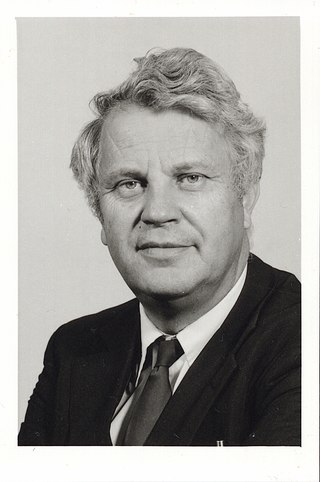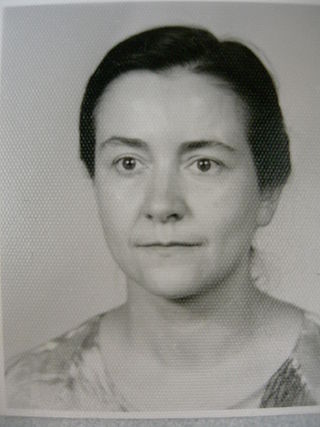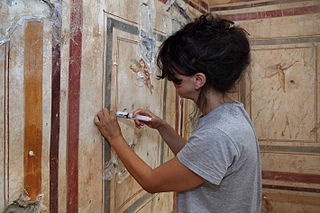Research and achievements
Within the broad field of modern colloid and surface chemistry, his research is mainly concentrated into the following areas:
1. Self-assembly of bio-inspired surfactants (nucleolipid and ascorbic acid derivatives) and of biomolecules (cyclodextrins)
2. Core-shell nanostructures with tunable magnetic properties
3. Inorganic nanophases applied to Cultural Heritage conservation and to nanocoating of materials (building materials, textiles, etc..)
4. Interaction potentials in protein solutions
5. Nanostrucutured surfaces for biosensors application
6. Additive effects on microstructure and hydration in cement pastes
7. Confined water in inorganic and biological matrices.
Baglioni is currently Full Professor of Physical Chemistry and lecturer of Physical Chemistry of Disperse Systems and Interfaces at the Department of Chemistry of the University of Florence. He has been appointed as Visiting Scientist/Professor by several laboratories such as the Department of Chemistry of the University of Houston, the Weizmann Institute, the Collège de France, and M.I.T. He is the Director of the National Consortium for Nanosystems (CSGI) and in the Advisory Board and reviewer of several international journals and International organization (European Science Foundation (ESF), National Science Foundation (NSF)). He is member of the scientific board of several national and international Institutions, industries (Italcementi, FAST, HMI, etc.) and Journals, coordinator of several National and European Union’s projects.

Surfactants are chemical compounds that decrease the surface tension or interfacial tension between two liquids, a liquid and a gas, or a liquid and a solid. The word "surfactant" is a blend of surface-active agent, coined c. 1950. As they consist of a water-repellent and a water-attracting part, they enable water and oil to mix; they can form foam and facilitate the detachment of dirt.
The Max Planck Institute of Colloids and Interfaces is located in Potsdam-Golm Science Park in Golm, Potsdam, Germany. It was founded in 1990 as a successor of the Institute for Physical Chemistry and for Organic Chemistry, both in Berlin-Adlershof, and for Polymer Chemistry in Teltow. In 1999, it transferred to newly constructed extension facilities in Golm. It is one of 80 institutes in the Max Planck Society (Max-Planck-Gesellschaft).

With respect to cultural property, conservation science is the interdisciplinary study of the conservation of art, architecture, technical art history and other cultural works through the use of scientific inquiry. General areas of research include the technology and structure of artistic and historic works. In other words, the materials and techniques from which cultural, artistic and historic objects are made.

Werner Stumm was a Swiss chemist. After earning his doctorate in inorganic chemistry at the University of Zürich in 1952 he moved to the U.S. where he was active as a professor at Harvard University until 1969. From 1970 until 1992 he was head of the Swiss Federal Water Resources Centre EAWAG.
The Stöber process is a chemical process used to prepare silica particles of controllable and uniform size for applications in materials science. It was pioneering when it was reported by Werner Stöber and his team in 1968, and remains today the most widely used wet chemistry synthetic approach to silica nanoparticles. It is an example of a sol-gel process wherein a molecular precursor is first reacted with water in an alcoholic solution, the resulting molecules then joining together to build larger structures. The reaction produces silica particles with diameters ranging from 50 to 2000 nm, depending on conditions. The process has been actively researched since its discovery, including efforts to understand its kinetics and mechanism – a particle aggregation model was found to be a better fit for the experimental data than the initially hypothesized LaMer model. The newly acquired understanding has enabled researchers to exert a high degree of control over particle size and distribution and to fine-tune the physical properties of the resulting material in order to suit intended applications.

Evaporation suppressing monolayers are materials that when applied to the air/water interface, will spread and form a thin film across the surface of the water. The purpose of these materials is to reduce evaporative water loss from dams and reservoirs.

The Journal of Colloid and Interface Science is a peer-reviewed scientific journal published by Elsevier. It covers research related to colloid and interface science with a particular focus on colloidal materials and nanomaterials; surfactants and soft matter; adsorption, catalysis and electrochemistry; interfacial processes, capillarity and wetting; biomaterials and nanomedicine; and novel phenomena and techniques. The editor-in-chief is Martin Malmsten. The journal was established in 1946 as Journal of Colloid Science. It obtained its current name in 1966.

Milliana Kroumova Kaisheva was a Bulgarian physical chemist, internationally known for her work in electrochemistry and colloid chemistry.
Ponisseril Somasundaran is an American mineral engineer of Indian origin and a LaVon Duddleson Krumb Professor of Mineral Engineering at Columbia University, New York.

The conservation and restoration of frescoes is the process of caring for and maintaining frescos, and includes documentation, examination, research, and treatment to insure their long-term viability, when desired.
Dominique Langevin is a French researcher in physical chemistry. She is research director at the Centre national de la recherche scientifique and leads the liquid interface group in the Laboratory of Solid State Physics at the University of Paris-Sud. She was the Life and Physical Sciences Panel chair for the European Space Sciences Committee of the European Science Foundation from 2013-2021.

Gerhard Lagaly is a German chemist and retired university professor.
Peter Nicholas Pusey is a British physicist. He is an Emeritus Professor of Physics at the School of Physics and Astronomy of the University of Edinburgh.

Gero Decher is a German chemist and Distinguished Professor at the Faculty of Chemistry of University of Strasbourg. He is best known for his seminal role in the development of polyelectrolyte multilayers, which is today known as “layer-by-layer (LbL) assembly”, a simple yet powerful nanofabrication method that has enabled the development of entirely new technologies, such as biocompatible coatings on medical devices, ultrastrong nanocomposites, neural interfaces, charge-storage devices, gas separation, fire retardants, and gene delivery platforms. According to CNRS International Magazine, Decher's work has “sparked a small revolution in materials science”. Layer-by-layer assembly is now an established part of the nanobiotechnology curriculum.
Chiara Neto is an Italian Australian chemist and Professor of Physical Chemistry at the University of Sydney. Her research considers functional nanostructures and the design of new materials for sustainable technologies. She is the former President of the Australasian Colloid and Interface Society and was selected as an Australian Research Council Future Fellow in 2018.

Julian Grahame Eastoe is Professor of Chemistry at the University of Bristol. His research interests span colloid and interface science, surfactant chemistry and applications of neutron scattering. He was educated at the British School of Brussels, Belgium, Solihull Sixth Form College and the University of East Anglia.
Paleo-inspiration is a paradigm shift that leads scientists and designers to draw inspiration from ancient materials to develop new systems or processes, particularly with a view to sustainability.
Arne Thomas is a German chemist who researches porous and nanostructured materials for catalytic applications.

Emmie Helena Lucassen-Reynders, last name Reijnders in Dutch spelling, was a Dutch scientist specialising in colloid chemistry and theoretical physics. She worked in both academia and in industry.
Christine D. Keating is an American scientist who is the Shapiro Professor of Chemistry at Pennsylvania State University. Her research involves colloid and interface chemistry for biology and materials science.










